Meet the woman tasked with building Imran Khan's flagship welfare state in Pakistan
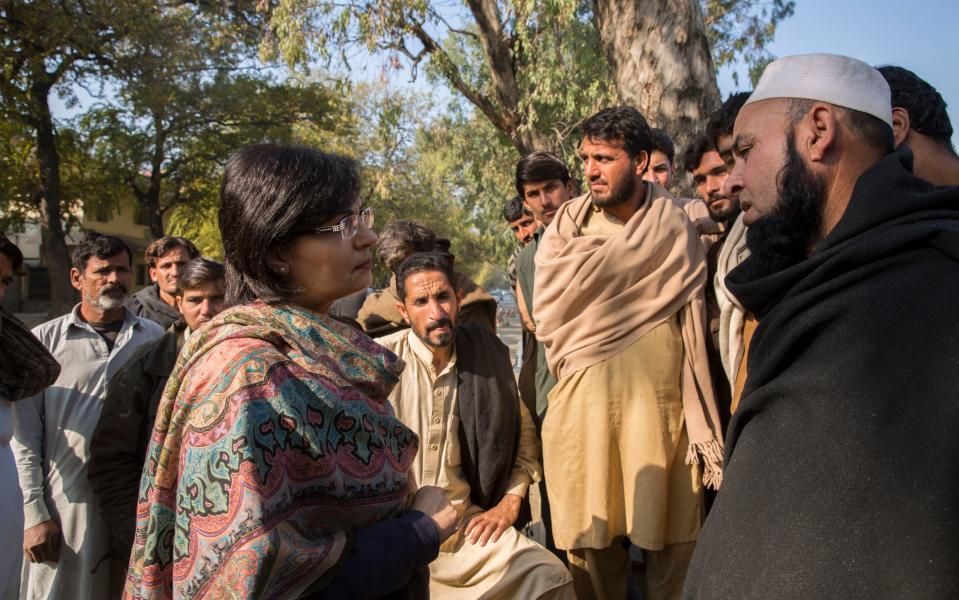
Hours after Imran Khan claimed victory in Pakistan's July 2018 general election, the former cricketer addressed the nation with his new vision for the country.
Following a combative contest dominated by claims of corruption, ballot rigging and military interference, Mr Khan's speech proved an unexpected change of tone.
To the surprise of many, his speech focused on poverty, education, malnutrition and social protection.
Declaring he would take inspiration from the city of Medina during the early years of Islam, he said Pakistan “should have that kind of humanitarian state, where we take responsibility for our weaker classes”.
He went on: “My effort will be that we try our best to raise these people up, that all of our policies be focused on human development.
No country can prosper “when there is a small island of rich people, and a sea of poor,” he said.
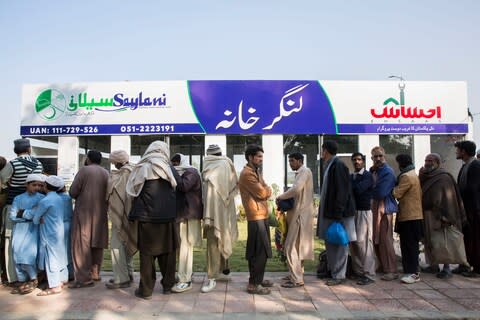
Eighteen months later, his government has the formidable task of forging his ambitions into a flagship social protection and welfare programme, in a country where some 50 million languish in poverty.
Part safety net and part development programme, Ehsaas, meaning empathy in Urdu, seeks to address everything from malnutrition, health insurance and education scholarships to creating more jobs and increasing agricultural productivity.
With Pakistan the sixth most populous country on earth and home to more than 210 million, the new program has attracted attention and funding from the development world.
Lord Crisp, a former chief executive of NHS England, has called the initiative “one of the most comprehensive welfare programmes ever undertaken by a national government”.
“We are very interested, it could be a game changer,” explained an official from one large international donor.
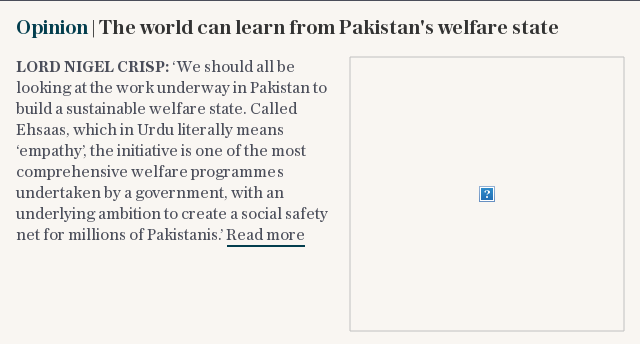
Yet at the same time, Mr Khan's Pakistan Tehreek-e-Insaf (PTI) government is attempting the scheme at a time when the country is in the teeth of a brutal economic crisis.
Punishing price rises are squeezing the country's poor and middle classes, while growth is slowing. Taxes are rising and reforms accompanying a $6bn bailout by the International Monetary Fund are reigning in government expenditure.
Sceptics question how much of the policy is actually new and how much can be achieved without a growing economy and significant new development spending.
Dr Sania Nishtar, a cardiologist and now special adviser to Mr Khan on social protection and poverty alleviation, has the high-pressure task of building his flagship policy.
She admits there are “high hopes and high expectations”.
Ehsaas is an umbrella for the reform of existing social welfare programmes and a raft of new measures.
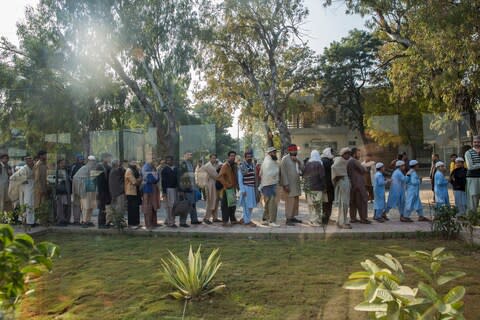
Under its five main objectives, or pillars, Ehsaas' creators say it aims to promote equality and ensure the government apparatus works for the poor, not just the well off. It will provide a safety net for the vulnerable, create livelihoods and jobs for the poor and invest in education and skills.
With a quarter of the population in poverty, and wide gaps between the wealthiest and poorest parts of the country, the programme seeks to raise up the neediest districts.
Targets include providing a safety net for 10 million families, giving money to 10 million families to access doctors and giving scholarships and incentives to 5 million students.
Ehsaas boasts 134 different policies or initiatives ranging across the government.
“We are trying to embed welfare into the agenda of every ministry,” explained Dr Nishtar.
A nationwide survey aims to map poverty and help officials better reach target sections of the poor, from widows and orphans to struggling daily labourers.
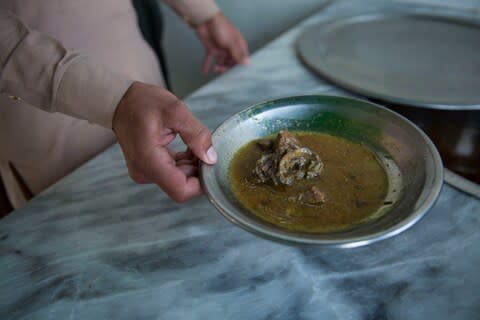
Ikramullah, a 21-year-old mason from Mohmand district is an example of one of those the scheme aims to help. He and other tradesmen wait each day by a roadside in Islamabad hoping to pick up a day's work.
When he spoke to the Telegraph one day last month, he had not been given a job for 13 consecutive days. Ehsaas had set up a soup kitchen providing free food to such labourers.
“Now, I am able to save money. Before the soup kitchen, I used to spend 100 rupees (50p) each day on food, but now I can send that home,” he said.
The soup kitchen is a joint venture with a Karachi-based charitable foundation which had been until recently been unable to reach its targets because it had not been given access to government land.
Such canteens demonstrate how Ehsaas will team up with the private and charitable sectors, Dr Nishtar said.
One of the largest parts of Ehsaas is the existing cash handout scheme called the Benazir Income Support Programme (BISP).

Set up in 2008, it gives no-strings quarterly grants of £25 to more than five million of the poorest women. It also gives grants if families keep their children in school. Britain last year gave £17.5 million of aid to the programme.
Reforms under Ehsaas will see it expanded to seven million beneficiaries and them given savings accounts to bring more people into the formal banking sector.
Ehsaas' creators claim that new data techniques and technology can ensure help is better targeted in what they call “precision safety nets”.
As well as the new nationwide social survey of need, Dr Nishtar gives the example of how data has recently been used to weed out fraudsters from the BISP beneficiaries. Checking BISP recipients against government databases for activities like foreign travel and civil service jobs found 800,000 were not considered poor at all.
In 140,000 cases the claimants were spouses of well paid civil servants. One was the wife of a top judge. These have now been kicked off the scheme to make room for more deserving cases.
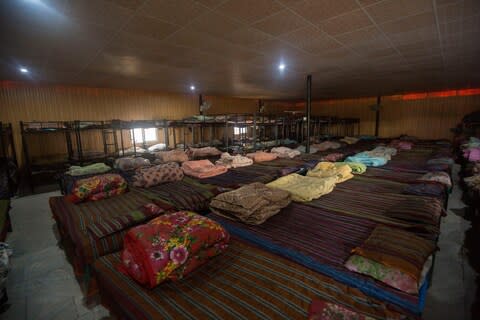
The incident highlighted how Pakistani politicians and officials have too often considered aid as a tool for political patronage. Dr Nishtar has herself come under fire from PTI politicians for not ensuring their own supporters benefit more.
Western aid officials working with Pakistan say Mr Khan's personal involvement with the programme, which sees him demand daily updates, appears to have driven welfare issues up the government agenda. Ehsaas could also bring better coordination to welfare efforts and cut out duplication.
A spokeswoman for the UK's Department for International Development, said Britain was “providing technical assistance to Pakistan to establish its own social security system by making sure support is going directly to those who need it most and ultimately helping end Pakistan’s reliance on aid.”
The scale of the task is daunting though according to a recent World Bank report suggesting steps for Pakistan to boost its growth and development towards its 100th anniversary in 2047.
“Pakistan was considered an example of successful development in its first 30 years. This has since changed, and Pakistan is struggling to keep pace with the growth and transformation of its peers,” the bank said.
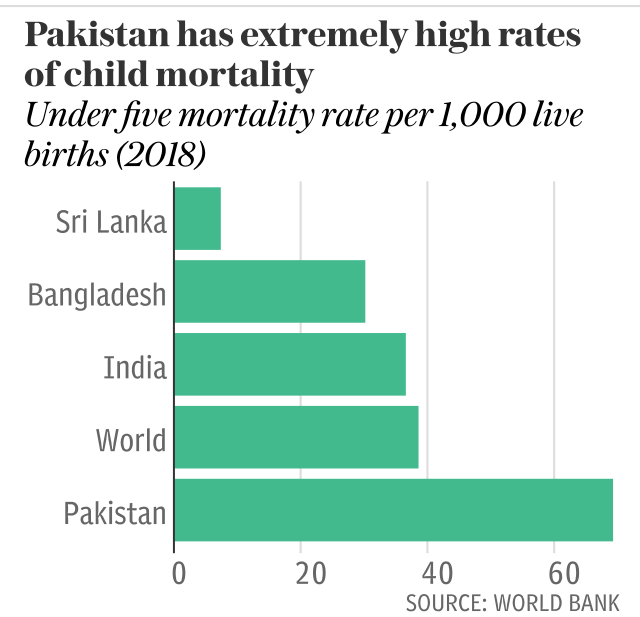
The country needs to “significantly increase public spending in education, health and social protection,” the bank said.
Dr Kaiser Bengali, an economist who has spent 45 years studying poverty and inequality in Pakistan, predicted that without stronger economic growth and higher spending on hospitals, clinics and schools, Ehsaas would not hit its targets.
For example health cards had been given out before to try to give the poor access to doctors, but the problem was there were simply not enough clinics.
“The real problem in health and education is on the supply side, not on the demand side,” he said.
“There's nothing new in Ehsaas that hasn't been tried before,” he added.
“You basically need to have a growing economy, you need to be growing in terms of jobs.”
Dr Nishtar refuses to be drawn on whether Pakistan should spend more. Comparisons with other countries do not take into account the generosity of Pakistan's charities and community schemes which Ehsaas hopes to harness, she said. The PTI government claims it has now stabilised the economic crisis and will turn the corner over the next 12 months.
“My sense is that if we get on the growth trajectory, with the kind of reforms that are in place, making a real dent in poverty would be an achievable target,” Dr Nishtar said.

Protect yourself and your family by learning more about Global Health Security

